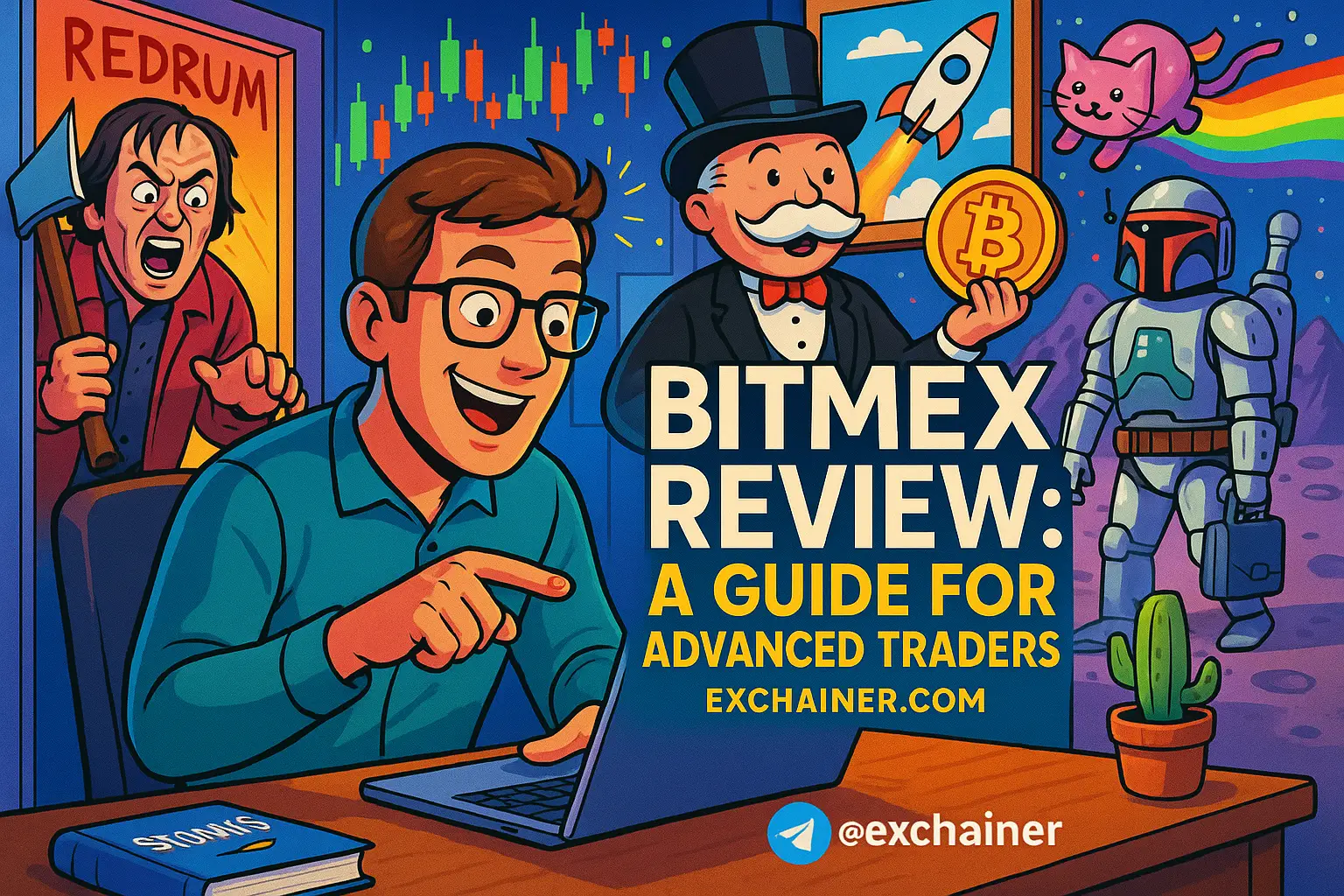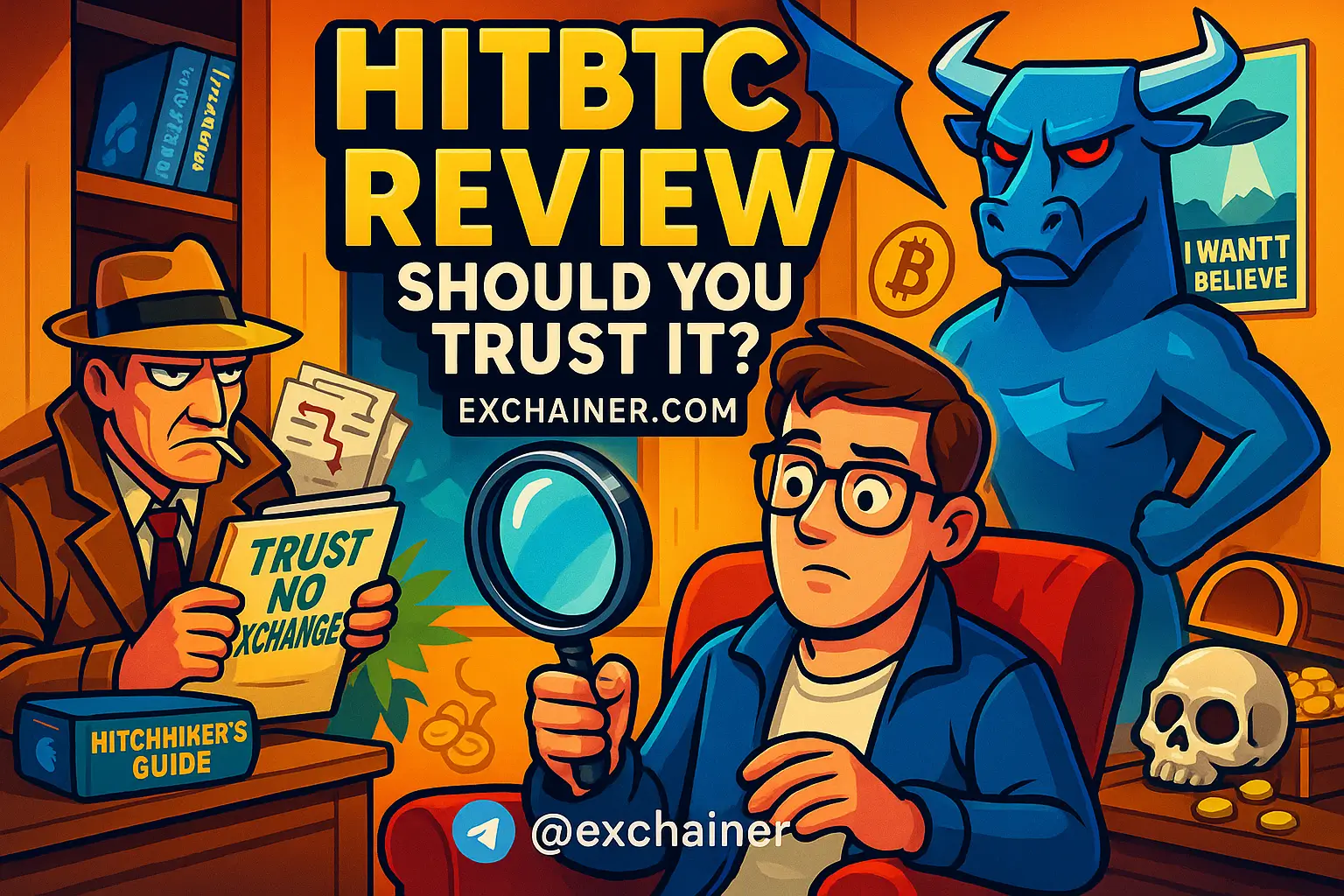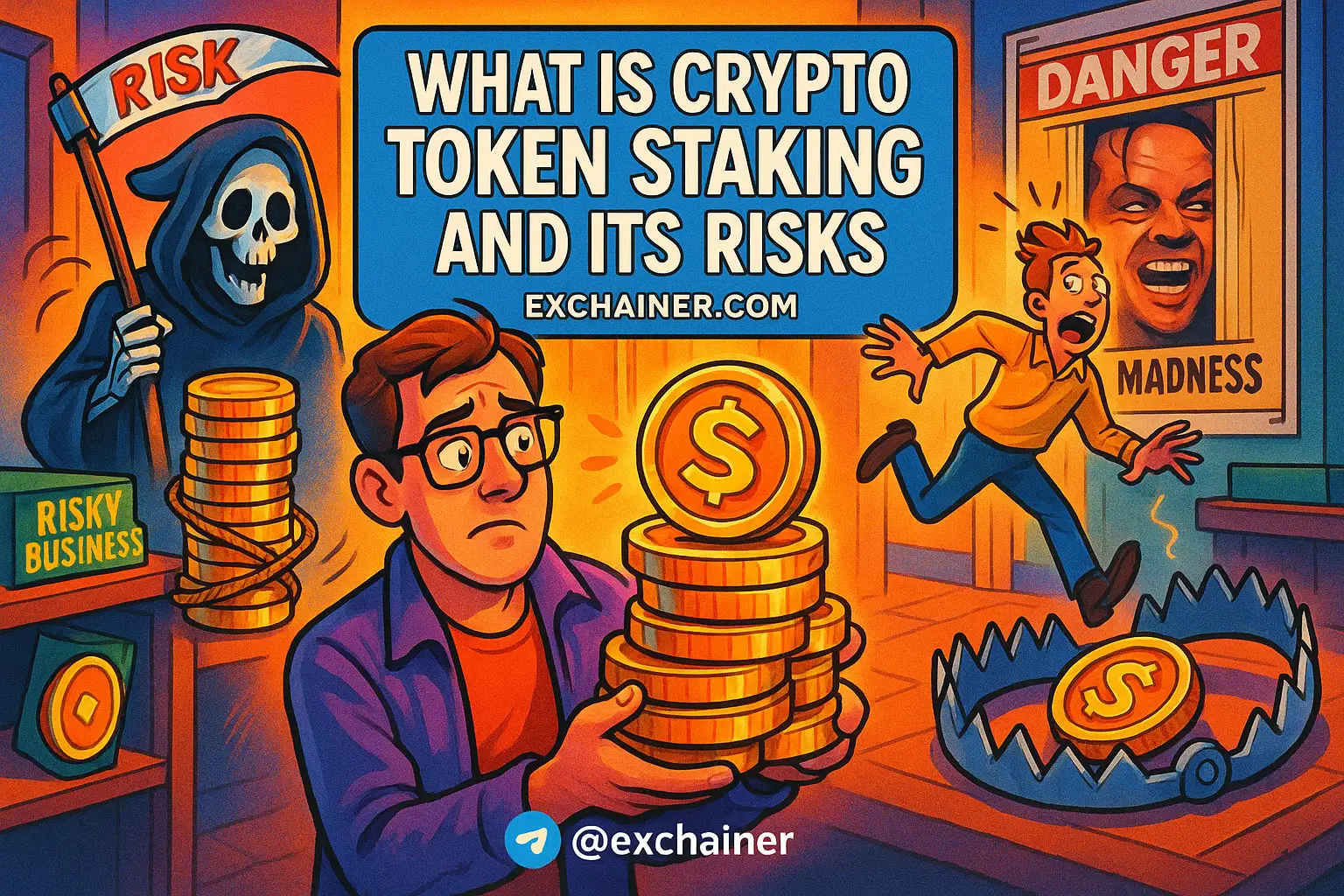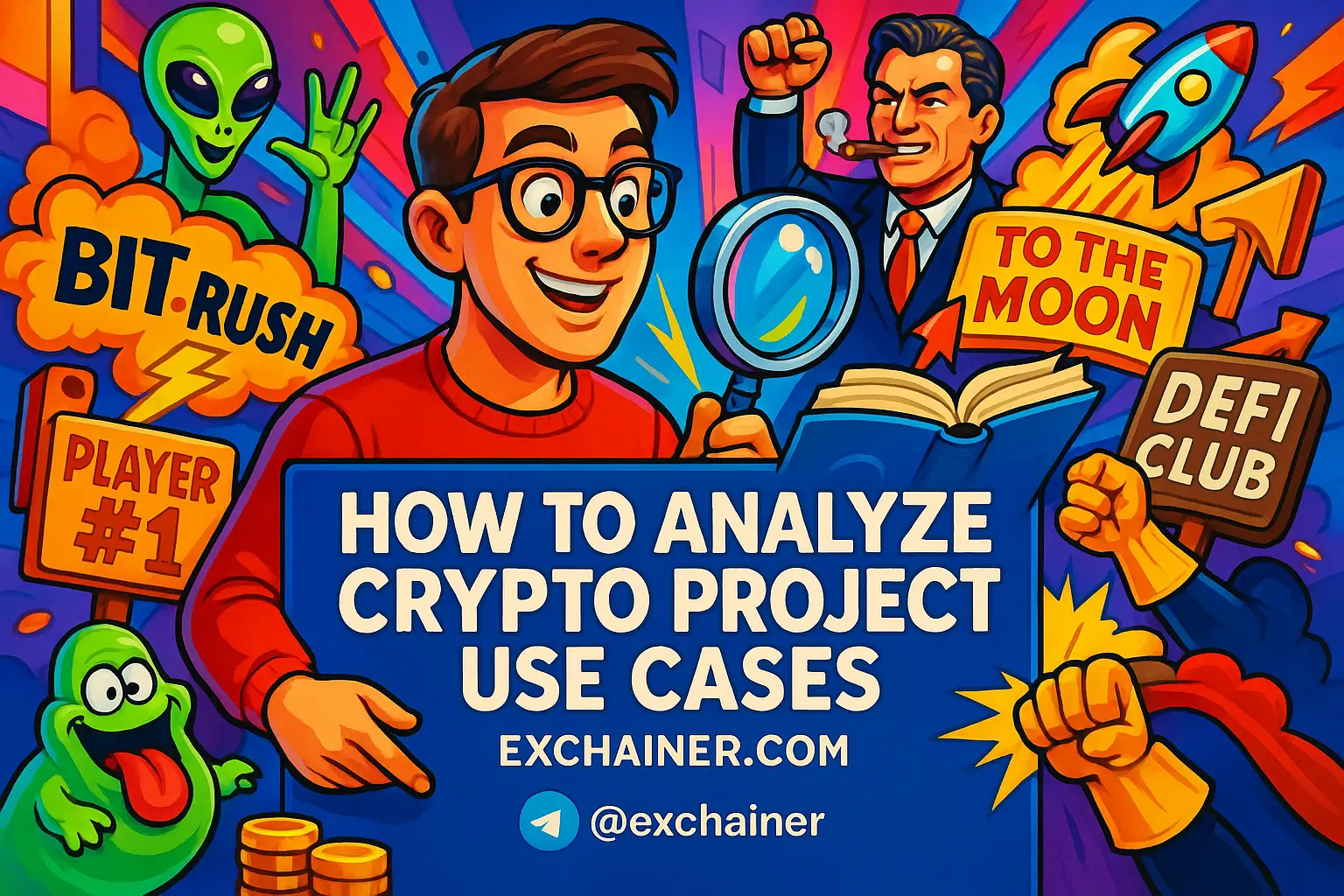Evaluating the quality of a cryptocurrency project's whitepaper is an essential skill for anyone looking to invest or get involved in the cryptocurrency space. Understanding how to assess a whitepaper is key because it often serves as the foundational document that outlines the project's goals, technical specifications, and overall vision. Also, it helps potential investors gauge whether a project is legitimate or just another ICO (Initial Coin Offering) scam. With the rise of digital currency, many new projects emerge every day, each promising groundbreaking solutions, but not all of them deliver.
In this guide, we will delve into the critical components of a whitepaper and provide you with practical tips to evaluate its quality effectively. Whether you’re a complete beginner in the crypto world or an intermediate user looking to refine your skills, understanding how to dissect a whitepaper can help you make informed decisions when it comes to investments. You'll learn not just what to look for, but also how to spot red flags and understand the importance of a well-crafted whitepaper. Ready to dive in? Let's explore the ins and outs of whitepaper evaluation together!
What is a Crypto Whitepaper?
A whitepaper is a detailed and informative document that outlines the features, goals, and technology behind a cryptocurrency project. Think of it as a blueprint that helps potential investors understand what the project is aiming to achieve and how it plans to do so. A well-written whitepaper will provide insights into various aspects of the project, including its market potential, economic model, and the problem it aims to solve.
In the world of cryptocurrency, a whitepaper acts as a company's sales pitch, but instead of glossy marketing materials, you'll find technical jargon, figures, and detailed descriptions. It’s not uncommon to see projects with elaborate whitepapers that are chock-full of information. However, just because a whitepaper is lengthy doesn't mean it is useful or credible.
When you come across a whitepaper, ask yourself: What is the project trying to accomplish? Who are the people behind it? And importantly, how realistic are the claims? These questions will guide your evaluation.
Key Components to Look for in a Whitepaper
When evaluating the quality of a whitepaper, consider the following critical components:
1. Executive Summary: The executive summary provides a concise overview of the entire document, summarizing its key points. If this section is clear and compelling, it’s a good indicator of what will follow.
2. Problem Statement: A solid whitepaper will specify a real-world problem that the project seeks to solve. Look for detailed explanations of the problem and why existing solutions fall short.
3. Proposed Solution: What innovative technology or idea is being proposed to solve the problem? This part should be well-articulated, showcasing the uniqueness of the solution.
4. Tokenomics: This section describes the economic model of the token, including distribution, utility, and any incentives for users. Understand how the token functions within the ecosystem and if it holds intrinsic value.
5. Roadmap: A clear project timeline or roadmap is crucial. It should include milestones, expected launch dates, and future updates. This gives insight into the project’s long-term vision and feasibility.
6. Team Background: Look for information about the team behind the project. Are the members experienced and do they have a track record in the industry? A qualified team adds credibility.
7. Technology Overview: Understand the technology underlying the project. This may include blockchain protocols, consensus mechanisms, or smart contracts. A transparent description is essential for understanding implementation.
Red Flags to Watch For
While assessing a whitepaper, be vigilant for any red flags that may indicate a project is not trustworthy. Here are a few warning signs to look out for:
1. Lack of Clarity: If the whitepaper is filled with jargon and lacks clear explanations, it may be designed to obscure the project's true intentions. A good whitepaper should be easily understandable.
2. Unrealistic Claims: Be wary of projects making grandiose promises without any backup. If it sounds too good to be true, it probably is. Look for evidence and realistic projections.
3. No Clear Use Case: If the project lacks a defined market need or solution, or if it feels overly complicated without justification, it may suggest a lack of purpose.
4. Anonymous Team: If the team is not publicly identifiable, this can be a significant red flag. Transparency is crucial in building trust in the crypto space.
5. Poorly Designed Document: While design isn't everything, a poorly formatted whitepaper can indicate a lack of attention to detail. It may suggest that the team is more focused on marketing than substance.
Practical Tips for Evaluating Whitepapers
To enhance your evaluation process, consider implementing these practical tips:
1. Read with a Critical Eye: Approach each whitepaper as a detective would. Ask questions, look for proof, and assess each claim critically.
2. Compare Projects: If you're evaluating multiple projects, it may help to compare whitepapers side by side. This approach will highlight differences in vision, strategy, and clarity.
3. Discuss with Peers: Don't hesitate to talk about your findings with friends or online communities. Engaging in discussions can unveil insights you might have missed.
4. Utilize Checklists: Create a checklist based on the components mentioned above. Assessing each aspect systematically will help ensure nothing is overlooked.
5. Stay Updated: The crypto space evolves rapidly. Make it a habit to follow related news and updates, as they could provide context or additional information about a project.
Case Study: Steps to Evaluate a Whitepaper
To illustrate how you can apply these evaluations, let’s walk through a hypothetical example of evaluating a whitepaper for a project called "CoinX."
Step 1: Executive Summary
Start by reading the executive summary of CoinX’s whitepaper. Ask yourself: Does it clearly outline the problem and solution?
Step 2: Identify the Problem Statement
Look for a well-defined issue CoinX intends to tackle in the cryptocurrency space. Check if it resonates with real-world challenges that potential users are currently facing.
Step 3: Assess the Solution Provided
Read the section that describes how CoinX claims to solve this problem. Is the solution innovative and feasible?
Step 4: Review Tokenomics
Understand how the CoinX token operates within its ecosystem. Is there a clear economic incentive for users to hold or use the token?
Step 5: Check the Roadmap
Evaluate the roadmap for realistic goals. Does it provide clear milestones and deadlines?
Step 6: Research the Team
Look up profiles of the CoinX team members. Are they industry veterans or new entrants? Check their LinkedIn profiles for credibility.
Step 7: Analyze Technical Details
If you have some technical knowledge, assess the underlying technology described. Is it innovative?
By finishing these steps, you would have a well-rounded perspective of CoinX and whether it's worth your investment or involvement.
Why Whitepaper Evaluation Matters
Evaluating a whitepaper is not just a technical exercise; it’s about ensuring your hard-earned money is well-placed in projects that have tangible goals and credible foundations. As the cryptocurrency market continues to evolve, the importance of due diligence grows exponentially. This process not only safeguards your investments but also contributes to a more stable and reputable industry overall.
The cryptocurrency space can host innovative technologies and revolutionary ideas. However, alongside that potential lies the risk of scams and failed projects. Equipping yourself with the skills to evaluate whitepapers can significantly mitigate these risks.
In conclusion, know that every well-constructed whitepaper is an opportunity. From learning about blockchain applications to exploring new horizons in digital currency, the world of cryptocurrency is vast and filled with potential for those who seek to navigate it wisely.
So, are you ready to dig deeper into the crypto world? Explore more guides on different topics to expand your knowledge! Whether you're curious about foundational concepts or looking for the latest exchange reviews, you can find more insights on Exchainer.com Crypto 101. Want to discover the best platforms? Check our Exchange Reviews for trusted resources. Or if you're looking for tools, don’t miss our Tools and Wallets section. Happy exploring, friends!












